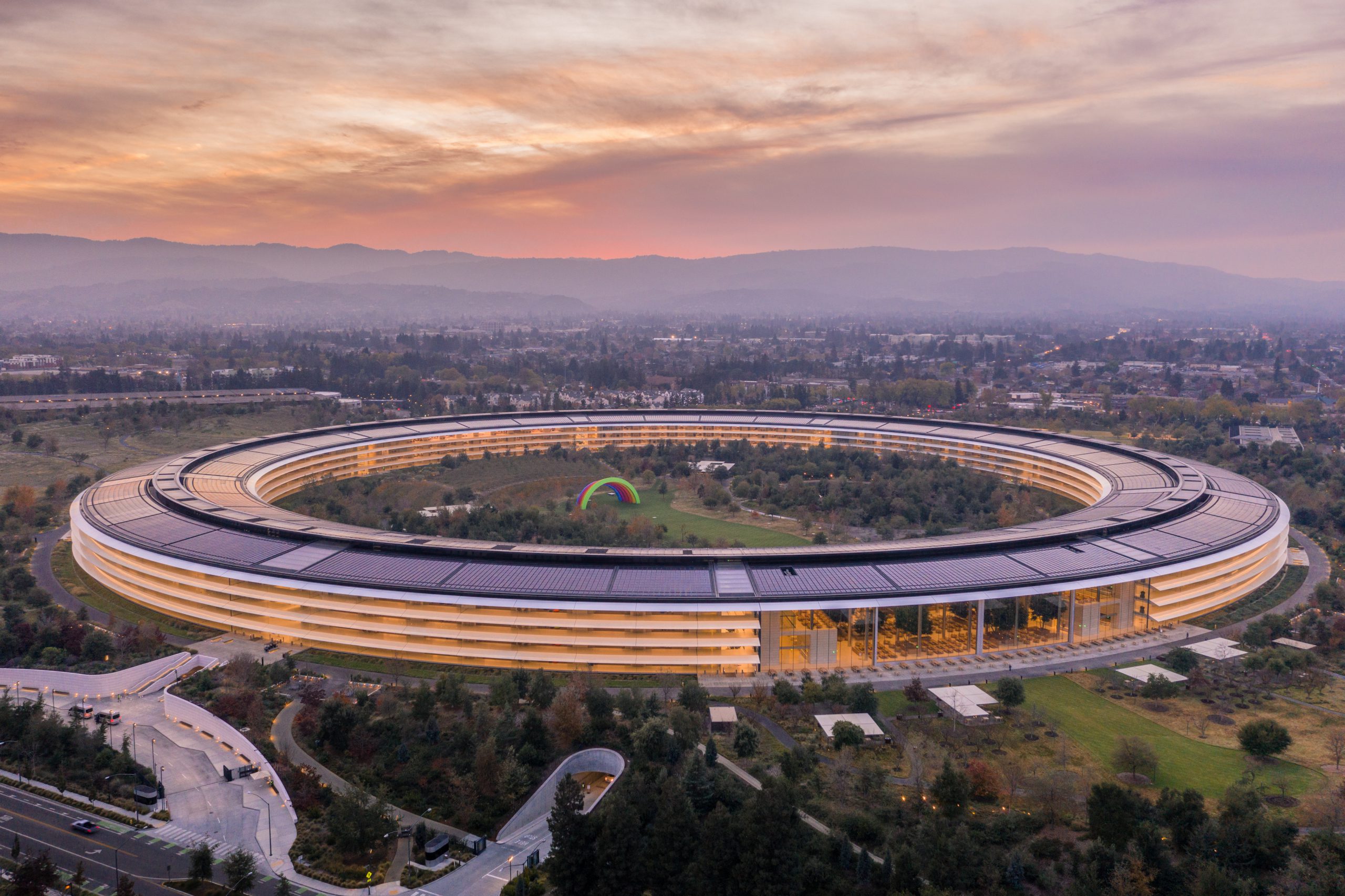Have you ever had one of those days where you start questioning the very fabric of reality? Maybe it’s the fault of that second espresso shot, or perhaps it’s a sign you should stop binge-watching sci-fi shows at 2 a.m. But what if I told you that the universe is even weirder than your wildest caffeine-fueled imagination? Welcome to the world of quantum physics, where reality gets a reality check.
Picture this: you’re a kid again, and you’re at the beach, trying to catch a wave. Now replace the ocean with a cosmic soup of particles that don’t just flow in waves but sometimes behave like particles, and sometimes like both. This is what physicists call wave-particle duality, and it’s a fundamental concept in quantum physics. It’s like the universe’s way of saying, “Hey, I can multitask better than you.”
Let’s dive into one of the most famous experiments in quantum physics: the double-slit experiment. Imagine you’re throwing tiny balls (let’s call them electrons) at a wall with two slits. If electrons were like tennis balls, you’d expect them to go through one slit and hit the wall behind in two neat lines. But electrons are quantum tricksters. They create an interference pattern, as if they’re waves, not particles. It’s as if they can’t decide what they want to be when they grow up.
But here’s the kicker: if you try to sneak a peek to see which slit they go through, they suddenly behave like particles again, and the interference pattern disappears. It’s like the universe knows when you’re watching. This peculiar behavior has led to some mind-bending interpretations, the most famous being the Copenhagen interpretation, which suggests that particles exist in a state of probabilities until observed. In other words, reality isn’t set in stone until we’re looking at it. Talk about an existential crisis.
Quantum entanglement is another head-scratcher. Picture two particles that become entangled, like a pair of cosmic twins. No matter how far apart they are, a change in one instantly affects the other. Einstein, who wasn’t a fan of this idea, called it “spooky action at a distance.” It’s as if the universe has its own cosmic messaging app, faster than the speed of light.
Quantum physics isn’t just for mind-boggling thought experiments, though. It has real-world applications, too, like the development of quantum computers. These futuristic machines harness the quirks of quantum mechanics to perform calculations at speeds unimaginable by today’s standards. Imagine trying to solve a ridiculously complex Sudoku puzzle while your quantum computer finishes it before you even start.
So, why does any of this matter? Because it challenges our perception of reality. We like to think of the universe as predictable and orderly, but quantum physics shows us that it’s anything but. It’s a reminder that there’s so much we don’t know, and that the universe is a playground of endless possibilities.
As I sit here, sipping my now-cold coffee, I find comfort in this cosmic uncertainty. Sure, I may never fully grasp the intricacies of quantum physics, but maybe that’s okay. Sometimes, it’s enough to just marvel at the universe’s mysteries and relish in the fact that, in the grand scheme of things, we’re all just particles trying to find our place in the cosmic soup.




